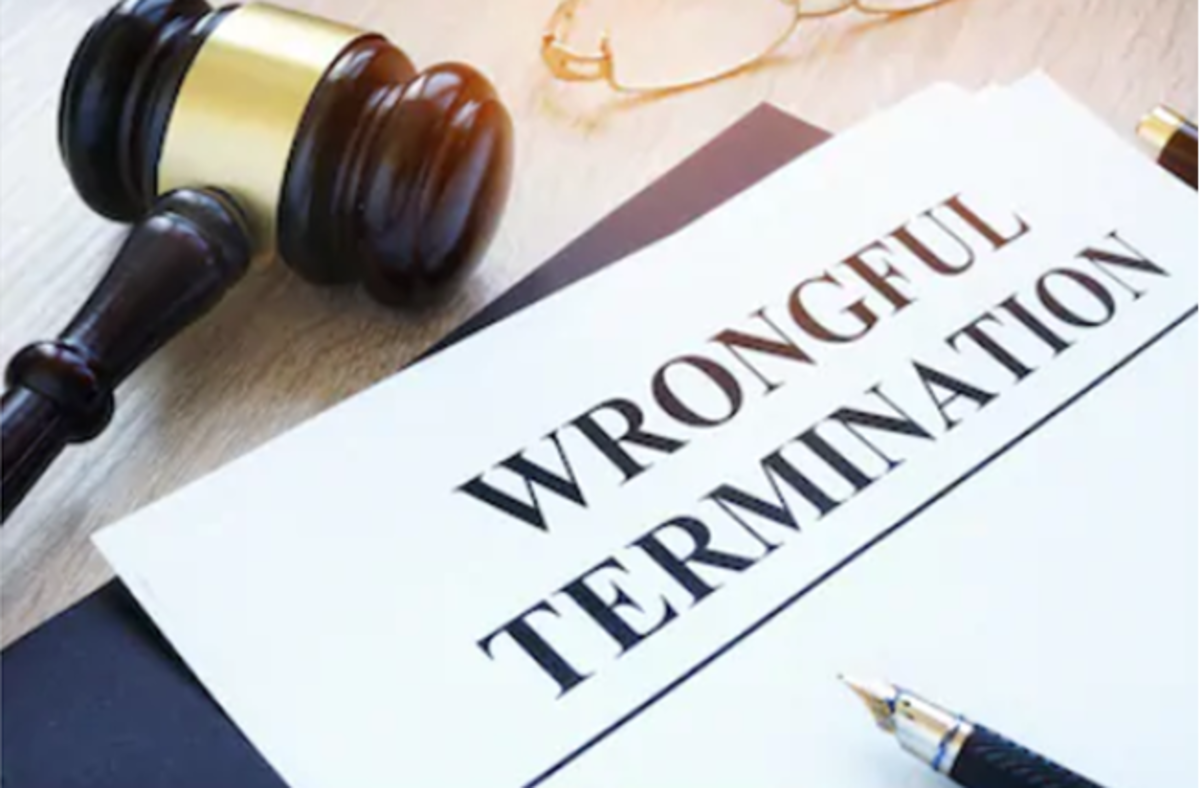Civil Litigation Process for Discrimination Complaints
Legal Process - Discrimination Complaint
Legal Process Paper
(Sample)
John is an employee in a private sector organization. He wants to file a discrimination complaint against his employer.
Analyze and explain the entire discrimination complaint and civil litigation processes as it would potentially apply to John and his employer. In your paper, be sure to explain in detail how the complaint begins with the Equal Employment Opportunity Commission (EEOC) and proceeds through the civil litigation process from the state level up to the United States Supreme Court. Also, be sure to include a discussion of other relevant aspects addressing discrimination complaints and disputes in the workplace.
Legal Process Paper
Many Americans have been victims of some form of discrimination. Even as students, children fall subject to the biases of teachers who prefer one personality to another. Still, an even more detrimental form of discrimination can be found hidden in the U.S. workplace. Employment discrimination can “include bias in hiring, promotion, job assignment, termination, compensation, retaliation, and various types of harassment” (Cornell, 2009). Though unfortunate, only some types of discrimination are currently punishable through the U.S. legal system.
Prohibited Discrimination
“Employment Discrimination laws seek to prevent discrimination based on race, sex, religion, national origin, physical disability, and age by employers” (Cornell, 2009).
As an employee in the private sector, John has protection from discrimination for any of these reasons. Usually, discrimination laws protect minority populations or groups traditionally affected by discrimination in the past. For example, if John is a white male he will not likely be able to file with the EEOC for racial discrimination. On the other hand, if he is Native American or African American, he will find protection under Title VII of the Civil Rights Act of 1964. In the same way, if John is over the age of 40 “the Age Discrimination in Employment Act (ADEA) prohibits employers from discriminating on the basis of age” (Cornell, 2009). John would also find protection from the American with Disabilities Act of 1990 from an employer who was unwilling to make reasonable accommodations if he has a disability.
Other Discrimination
Still, Americans do not find constitutional protection from discrimination related to sexual orientation, weight, or social class. In fact, the United States military has a “don’t ask, don’t tell” policy which is a blunt acceptance of protected discrimination. Though the country has evolved significantly in the last 50 years, it still must come a long way to protect these individuals from discrimination. Though anyone can file a discrimination complaint with the EEOC, in order to receive a right-to-sue letter John must show that he has been discriminated against because of his race, religion, national origin, disability, or age. Because John is a male, he does not receive protection from the Equal Pay Act, which was designed to prohibit “employers and unions from paying different wages based on the employee’s sex” (Cornell, 2009).
Claim Process
“By law, the EEOC must in some way handle every claim it receives” (Bennett-Alexander and Hartman, 2007). Assuming John does determine that he has legal grounds to file a complaint, he should fill out an intake questionnaire with the EEOC within 180 days of the violation. “Any individual who believes that his or her employment rights have been violated may file a charge of discrimination with EEOC” (EEOC, 2007). John can file his charge of discrimination online, or in a local EEOC office. Once he does, the EEOC will notify his employer within 10 days. If the case is not determined to be too weak, or too complicated, John and his employer will be offered mediation in which they can try to settle differences. “Generally, the way mediation works is that after a discrimination charge is filed by the employee and notice of the charge is given to the employer, the EEOC screens the charge to see if it is one that is appropriate for mediation. If it is appropriate for mediation, EEOC will offer that option to the parties” (Bennett-Alexander and Hartman, 2007).
If both parties do not agree to mediation within 10 days, the case will go under EEOC review. At that time, the EEOC will investigate the company, speak with witnesses, and review records to determine if there is reasonable cause for the employee to sue the employer. If the answer is yes, the employee is rewarded a right-to-sue letter. John must file his charge within 90 days of receiving a “right to sue” letter back from the EEOC. “If no conciliation is reached, the EEOC may eventually file a civil action in federal district court” (Bennett-Alexander and Hartman, 2007). The success rate of cases approved by the EEOC is very high, around 60 percent. This success rate grows to around 80 percent for cases that follow the appeal process.
“Upon going to court, the case is handled entirely new, as if there had not already been a finding by the EEOC” (Bennett-Alexander and Hartman, 2007).This prevents any previous bias, and allows a new thorough investigation to take place. In fact, even if John was not given a right-to-sue letter by the EEOC, he still has the right to take his case to court. “Employees proceeding with a no-reasonable-cause letter are also free to develop the case however they wish without being bound by the EEOC’s determination” (Bennett-Alexander and Hartman, 2007). Of course, there is a chance that John’s case will not resolve itself in his favor. “If a party is not satisfied with the court’s decision and has a basis upon which to appeal, the case can be appealed up to, and including, the U.S. Supreme Court, if it agrees to hear the case” (Bennett-Alexander and Hartman, 2007).
Conclusion
John must understand, however, that corporations often have resources that exceed those of individuals. The process of filing a suit can be expensive and time consuming. John may want to first consider pursuing a resolution with an arbitrator or the company’s human resource department. Still, the EEOC has made exceptional efforts to help protect employees from discrimination. John can file a claim with the EEOC for any reason, but will only likely receive a right-to-sue letter if he can show evidence of discrimination over his race, religion, national origin, disability, or age. Other types of discrimination do occur, but are not currently prohibited or enforced through the EEOC.
Reference
Bennett-Alexander, D, & Hartman, L (2007). Employment law for business.NewYork,
NY: McGraw-Hill/Irwin.
Cornell, (2009). Employment discrimination: an overview. Retrieved August 28, 2009,
from Cornell University Law School Web site: http://topics.law.cornell.edu/wex/Employment_discrimination
EEOC, (2007, December). Filing a Charge of Employment Discrimination. Retrieved
August 28, 2009, from EEOC The U.S. Equal Employment Opportunity Commission Web site: http://www.eeoc.gov/charge/overview
Legal Process









